Search the Special Collections and Archives Portal
Search Results
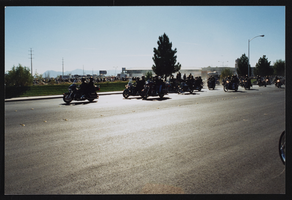
Motorcycle bikers Christmas toy run, Culinary Union, Las Vegas (Nev.), 1996 (folder 1 of 1), image 20
Date
1996
Description
Arrangement note: Series II. Public Events
Image
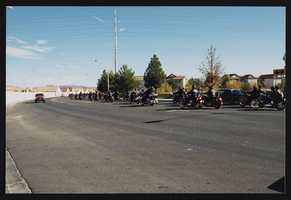
Motorcycle bikers Christmas toy run, Culinary Union, Las Vegas (Nev.), 1996 (folder 1 of 1), image 21
Date
1996
Description
Arrangement note: Series II. Public Events
Image
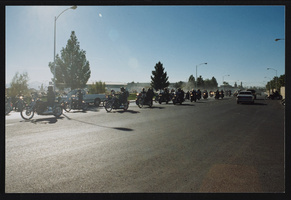
Motorcycle bikers Christmas toy run, Culinary Union, Las Vegas (Nev.), 1996 (folder 1 of 1), image 22
Date
1996
Description
Arrangement note: Series II. Public Events
Image
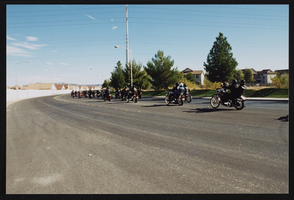
Motorcycle bikers Christmas toy run, Culinary Union, Las Vegas (Nev.), 1996 (folder 1 of 1), image 23
Date
1996
Description
Arrangement note: Series II. Public Events
Image
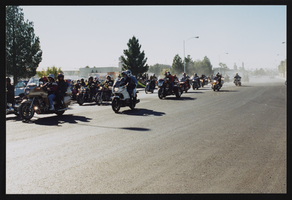
Motorcycle bikers Christmas toy run, Culinary Union, Las Vegas (Nev.), 1996 (folder 1 of 1), image 24
Date
1996
Description
Arrangement note: Series II. Public Events
Image
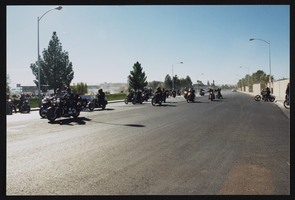
Motorcycle bikers Christmas toy run, Culinary Union, Las Vegas (Nev.), 1996 (folder 1 of 1), image 25
Date
1996
Description
Arrangement note: Series II. Public Events
Image
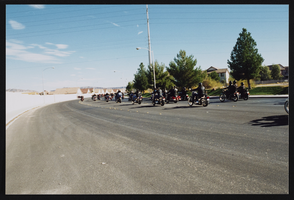
Motorcycle bikers Christmas toy run, Culinary Union, Las Vegas (Nev.), 1996 (folder 1 of 1), image 26
Date
1996
Description
Arrangement note: Series II. Public Events
Image
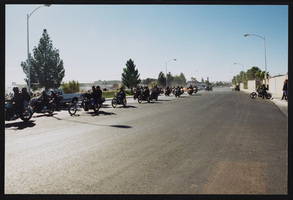
Motorcycle bikers Christmas toy run, Culinary Union, Las Vegas (Nev.), 1996 (folder 1 of 1), image 27
Date
1996
Description
Arrangement note: Series II. Public Events
Image
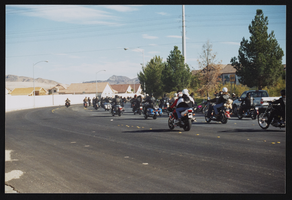
Motorcycle bikers Christmas toy run, Culinary Union, Las Vegas (Nev.), 1996 (folder 1 of 1), image 28
Date
1996
Description
Arrangement note: Series II. Public Events
Image

Motorcycle bikers Christmas toy run, Culinary Union, Las Vegas (Nev.), 1996 (folder 1 of 1), image 29
Date
1996
Description
Arrangement note: Series II. Public Events
Image
Pagination
Refine my results
Content Type
Creator or Contributor
Subject
Archival Collection
Digital Project
Resource Type
Year
Material Type
Place
Language
Records Classification
